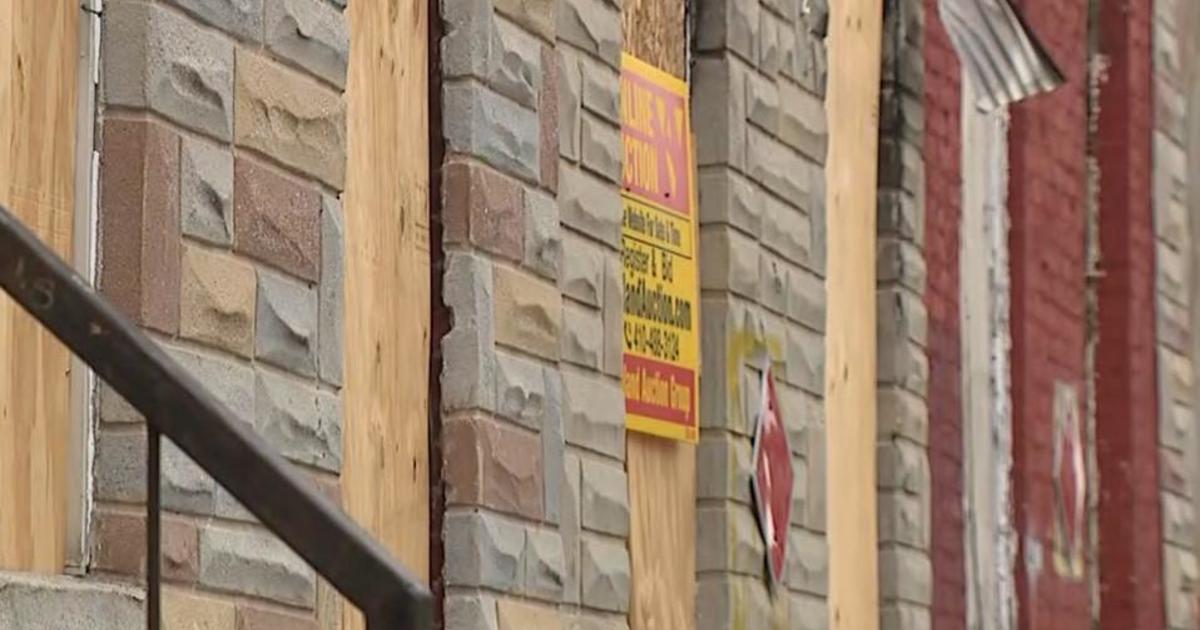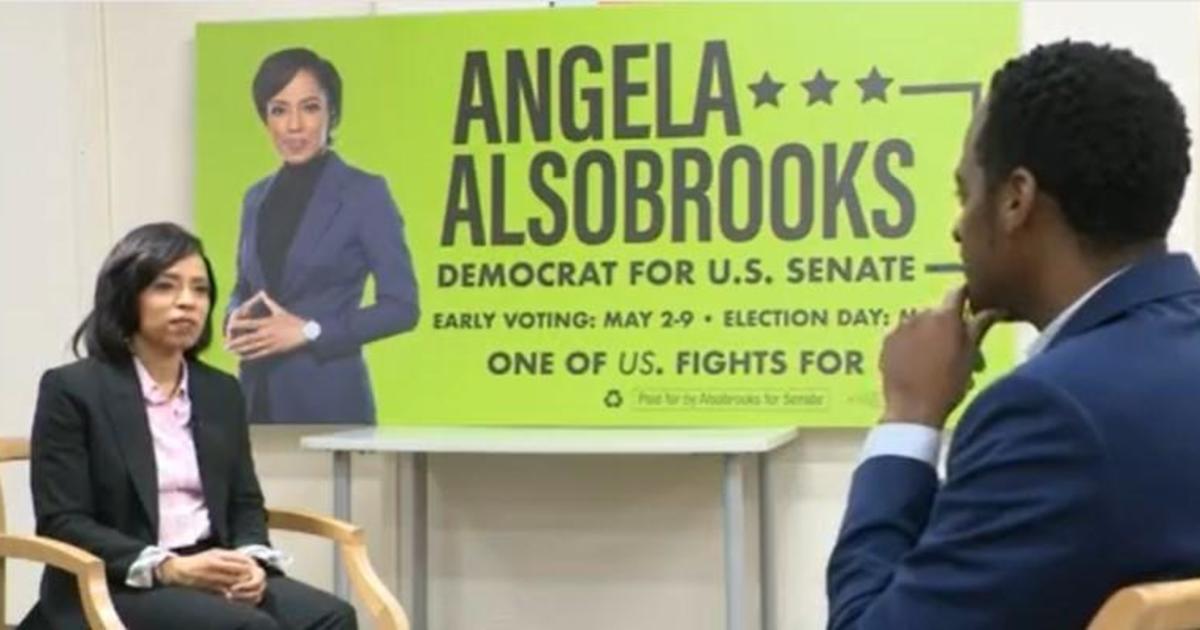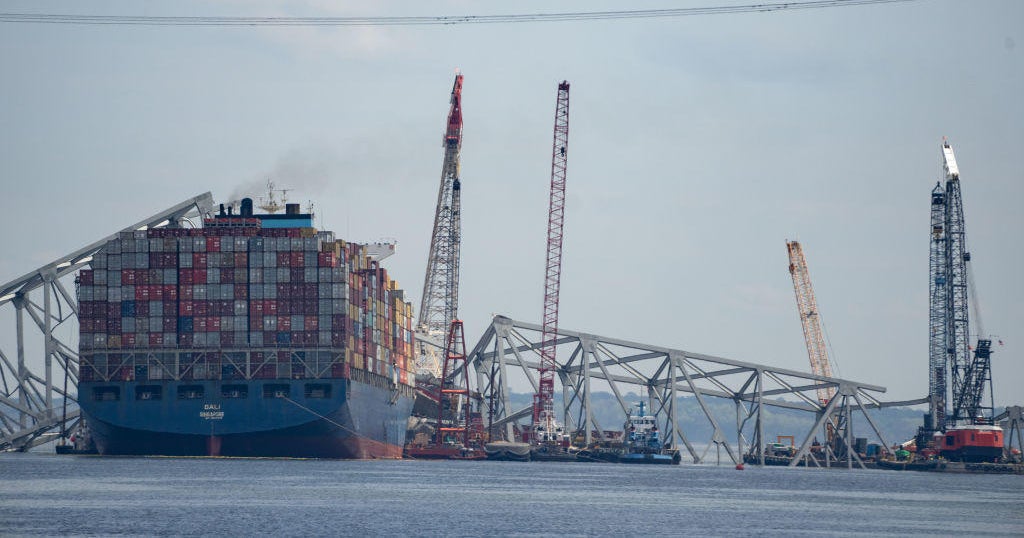Is Maryland Growing Green Jobs?
BALTIMORE (AP) -- In the teeth of the financial crisis, green jobs were touted as being a major part of Maryland's emergence from the recession.
In 2009, then Gov. Martin O'Malley, a Democrat, announced his "Smart, Green and Growing" legislative agenda with the goal of creating 100,000 new green jobs by 2015. Since then, local and state economic development eagerly have touted any hiring or relocation announcement that had an environmentally friendly component.
But despite that optimism, it's unclear how many of those jobs were actually created and what role they'll play in the state's economy moving forward. The reality is that a lack of recent data on job creation in that sector -- complicated by slashing of federal funds for researching green job growth -- makes it nearly impossible to measure the state's progress.
The federal Bureau of Labor Statistics last released green job figures in 2011. The Green Goods and Services Survey and the Green Technologies and Practices Program were eliminated by the bureau after it was forced to cut more than $30 million from its budget following sequestration.
Maryland's Department of Labor, Licensing and Regulation does not independently track those figures and relied on the federal government to provide the data.
Calls to O'Malley's political action committee, O'PAC, seeking comment for this story were not returned. The committee's website touts the former governor and potential presidential candidate's success regarding the economy and promoting sustainability during his two terms, but does not address green job creation.
Current Gov. Larry Hogan, a Republican, has placed an emphasis on job growth by trying to create a culture in the state that he describes as being more business-friendly. But his administration hasn't discussed actions to specifically promote green jobs and has not initiated conversations with the Department of Labor, Licensing and Regulation and the Maryland Department of the Environment about tracking the creation of green jobs.
"The governor is focused on creating jobs, period. If they contribute substantially to preserving and restoring our environment, even better," said Shareese Churchill, a spokeswoman for the governor.
To be sure, there are some anecdotal success stories, and what data there is appears promising.
Howard County-based Direct Energy Solar, formerly Astrum Solar, has more than 120 employees in the Maryland already and intends a major expansion -- hiring 240 new employees during the next three years. The company was purchased in July by Direct Energy, one of the biggest energy, commercial retail energy and energy related services firms in the country.
Also recently, Prince George's County approved a public private partnership with Rhode Island-based Corvias Solutions that calls for the county to invest $100 million in a three-year retrofit of the county's water systems. The project calls for the company to use local and minority-owned business for at least 35 percent of the project's scope and claims it will create "thousands" of jobs.
In the advocacy group Environmental Entrepreneurs' 2014 year-end report, Maryland was not in the top 10 states for green job creation, but the 2013 report listed Maryland as fourth in the nation for the number of total green jobs.
Jeff Benzak, a spokesman for Environmental Entrepreneurs, said Maryland's statewide policies for creating green jobs are strong, but he said inaction by Congress is hampering efforts to stimulate growth.
"The clean energy industry in Maryland, like in other states across the country, has fallen victim to, a certain extent, to Congress, and its inability to move forward in any clear, definitive way with tax incentives for industries like clean energy and energy efficiency," Benzak said.
The Economic Alliance of Greater Baltimore recently posted an analysis of data from 2011 showing that Maryland was one of the leaders in production of goods and services benefiting the environment. According to the data, the state ranked seventh in the nation in terms of job concentration in Green Goods and Services as well as percentage of jobs in those industries.
"I don't know the density of employment itself is important. But certainly the focus among Maryland businesses on sustainable practices, and protecting the environment locally, is important to things like our watershed. There's a . pretty tremendous industry that relies on the health of the Chesapeake Bay," said Patrick Dougherty, chief market analyst with the Greater Baltimore Economic Alliance.
Tom Zolper, a spokesman for the Chesapeake Bay Foundation, said addressing issues like water pollution can be a boon to the economy by creating green jobs that clean up and prevent pollution, which will in turn make the bay a stronger economic engine. According to a report by the foundation, the bay's economic benefits could reach $130 billion annually if its blueprint for restoration and protection are followed.
"It's long been a philosophy of ours, it's not something we actively work for the economic side, but we actively believe that society has to improve, sort of holistically, that we can't sort of segregate out the environment," Zolper said.
Despite the lag in data, Dougherty said he's confident the green economy in Maryland is growing, and being driven by homegrown firms as opposed to companies relocating from out of state.
"I don't know that we've necessarily attracted it in terms of bringing businesses or employees from out of state into the area. I think businesses . and residents here recognize the importance . that our natural environment plays (a role) in their ability to do business and the quality of life of their employees," he said.
(Copyright 2015 by The Associated Press. All Rights Reserved.)



